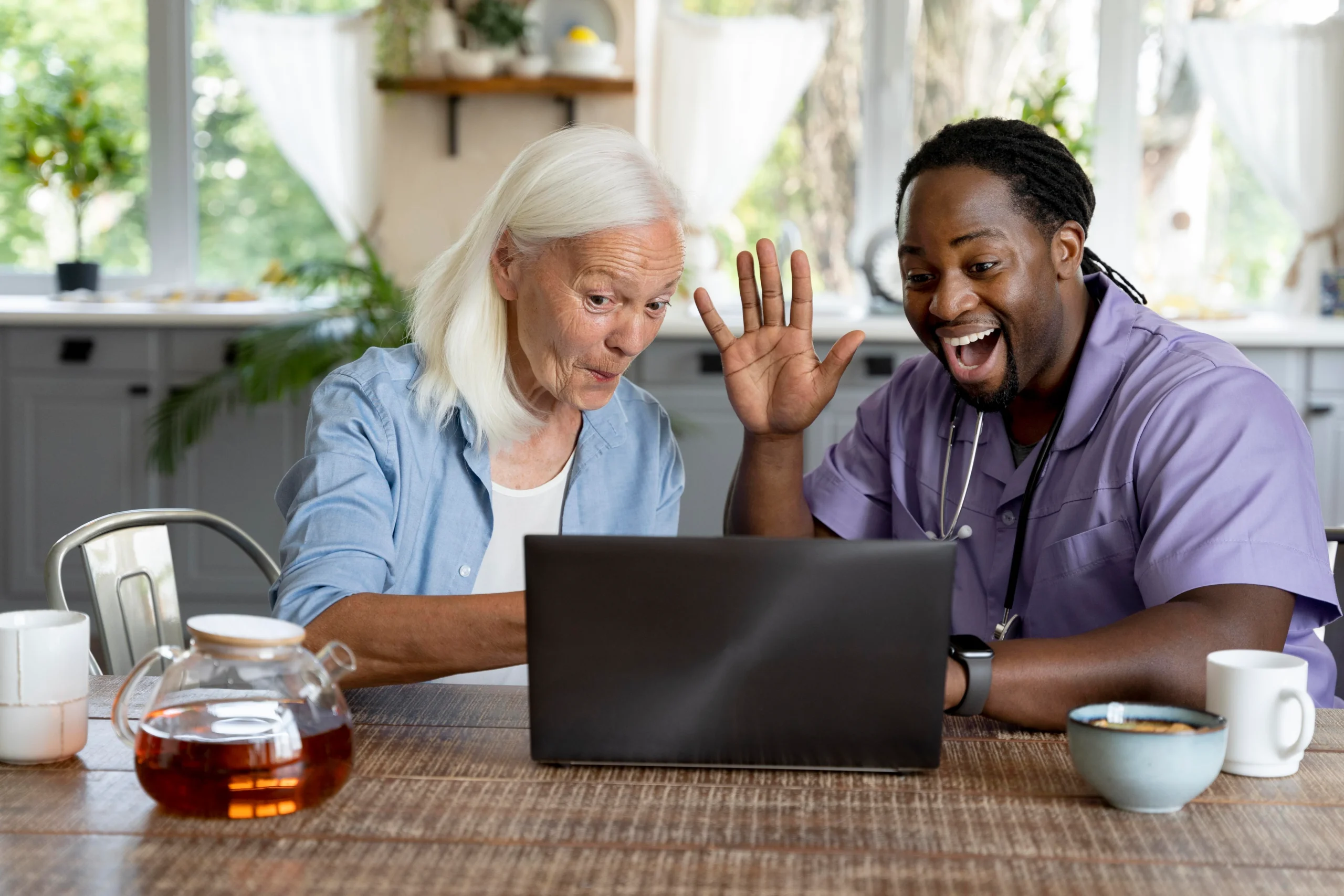As our world continues to evolve, so does the way we care for our elderly loved ones. Technology, once a distant thought in elder care, is now becoming an essential tool that’s reshaping the way we approach caregiving. Whether it’s through monitoring health in real-time or giving seniors the ability to connect with family across the globe, technology is making caregiving easier, safer, and more personal.
The truth is, it’s not just about gadgets or high-tech devices; it’s about using these tools to create more meaningful, supportive experiences for the elderly. With technology, caregivers are better equipped to provide top-notch care, while seniors are able to maintain their independence and stay connected with the world around them.
Let’s take a closer look at how technology is revolutionizing elder care and why it’s something we can’t ignore.
1. Remote Monitoring: Keeping Track of Health from Afar
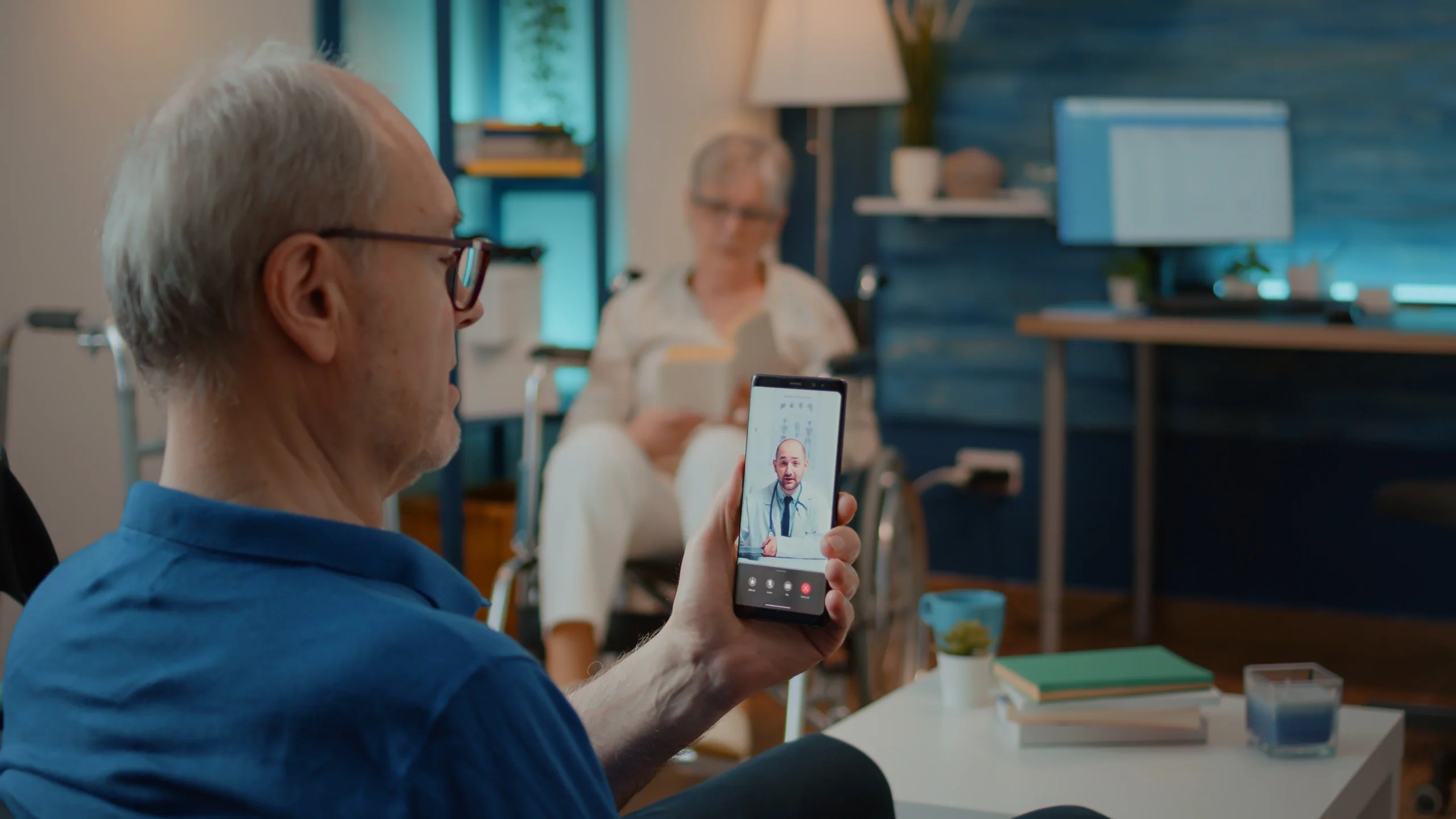
One of the most significant ways technology is impacting elder care is through remote health monitoring. This technology allows caregivers to keep an eye on their loved ones’ health, even if they can’t be right there with them.
Devices like smartwatches can track things like heart rate, blood pressure, and sleep patterns. When something’s off, the system sends alerts, allowing caregivers or family members to act quickly.
Even at home, systems can detect when a senior has fallen or hasn’t moved for a while, sending an alert in real-time. This ability to monitor seniors from a distance not only keeps them safe but gives caregivers peace of mind. They can be at work or out running errands, knowing they’ll be notified if anything unexpected happens.
The best part? This gives seniors more freedom and independence while ensuring help is just a call away.
2. Telemedicine: Doctor Visits Without the Hassle
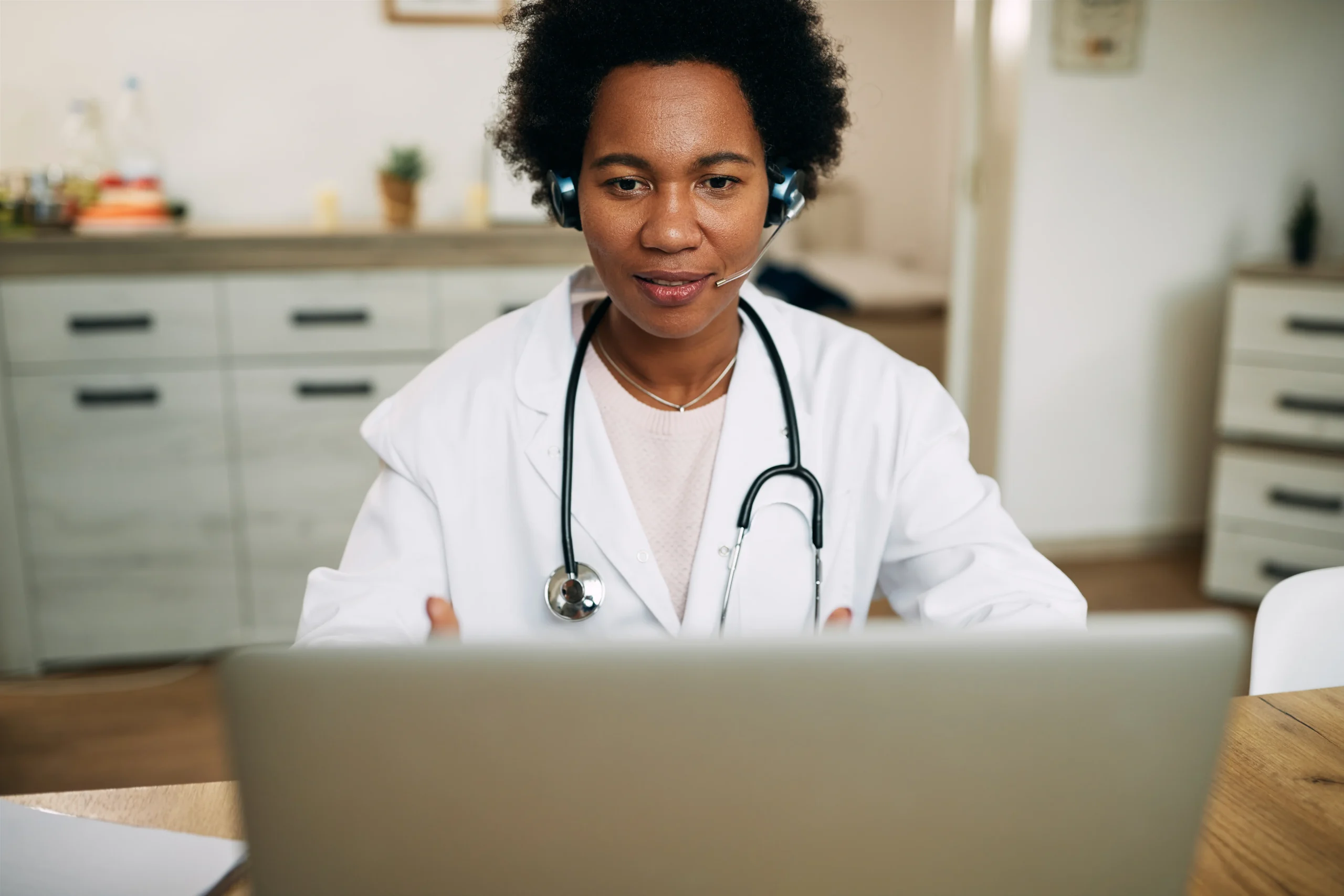
Getting to the doctor can be a hassle for many seniors, especially those with mobility challenges. That’s where telemedicine steps in, making healthcare more accessible than ever.
Instead of dealing with the stress of transportation or sitting in a crowded waiting room, seniors can now have doctor visits from the comfort of their own homes.
With just a video call, they can speak with a healthcare professional about their concerns, get prescriptions refilled, or even have mental health check-ins. This is especially helpful for routine appointments that don’t require an in-person visit, making it easier for seniors to keep up with their health.
It also allows caregivers to stay on top of medical needs without disrupting daily routines or arranging transportation, saving time and reducing stress.
3. Medication Management: Never Miss a Dose Again
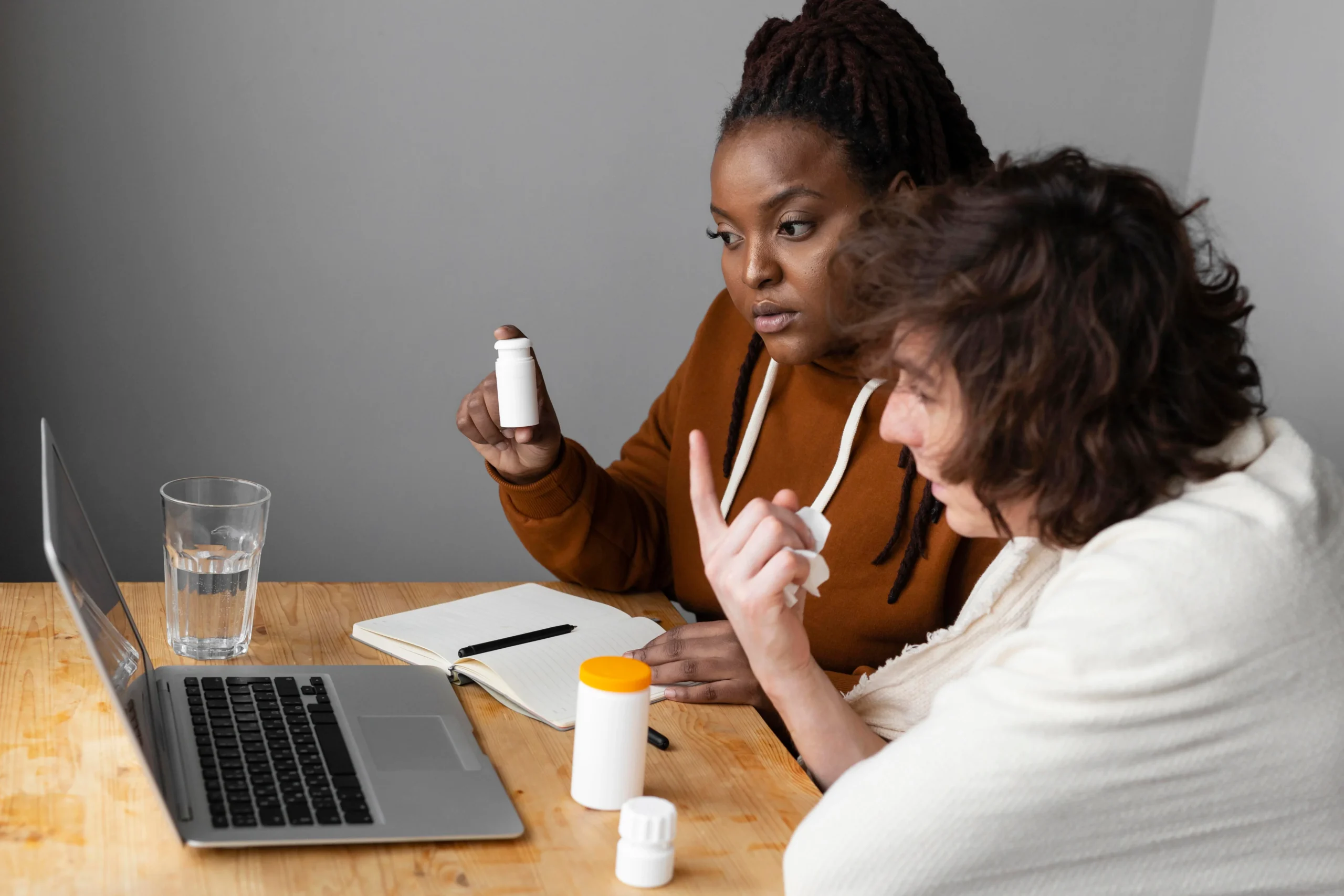
Keeping track of medications is no small task, especially for seniors who are taking multiple prescriptions.
Forgetting doses or mixing up medications can lead to serious health problems. Thankfully, technology has come to the rescue.
Apps and devices now exist that remind seniors to take their meds at the right time. Some devices even dispense the correct dose automatically, eliminating the possibility of errors. These tools help seniors stay on track, while also giving caregivers confidence that their loved ones are taking the right medications at the right times.
It’s a simple solution that has a big impact on health and safety, reducing stress for both seniors and caregivers alike.
4. Assistive Technology: Helping Seniors Stay Independent
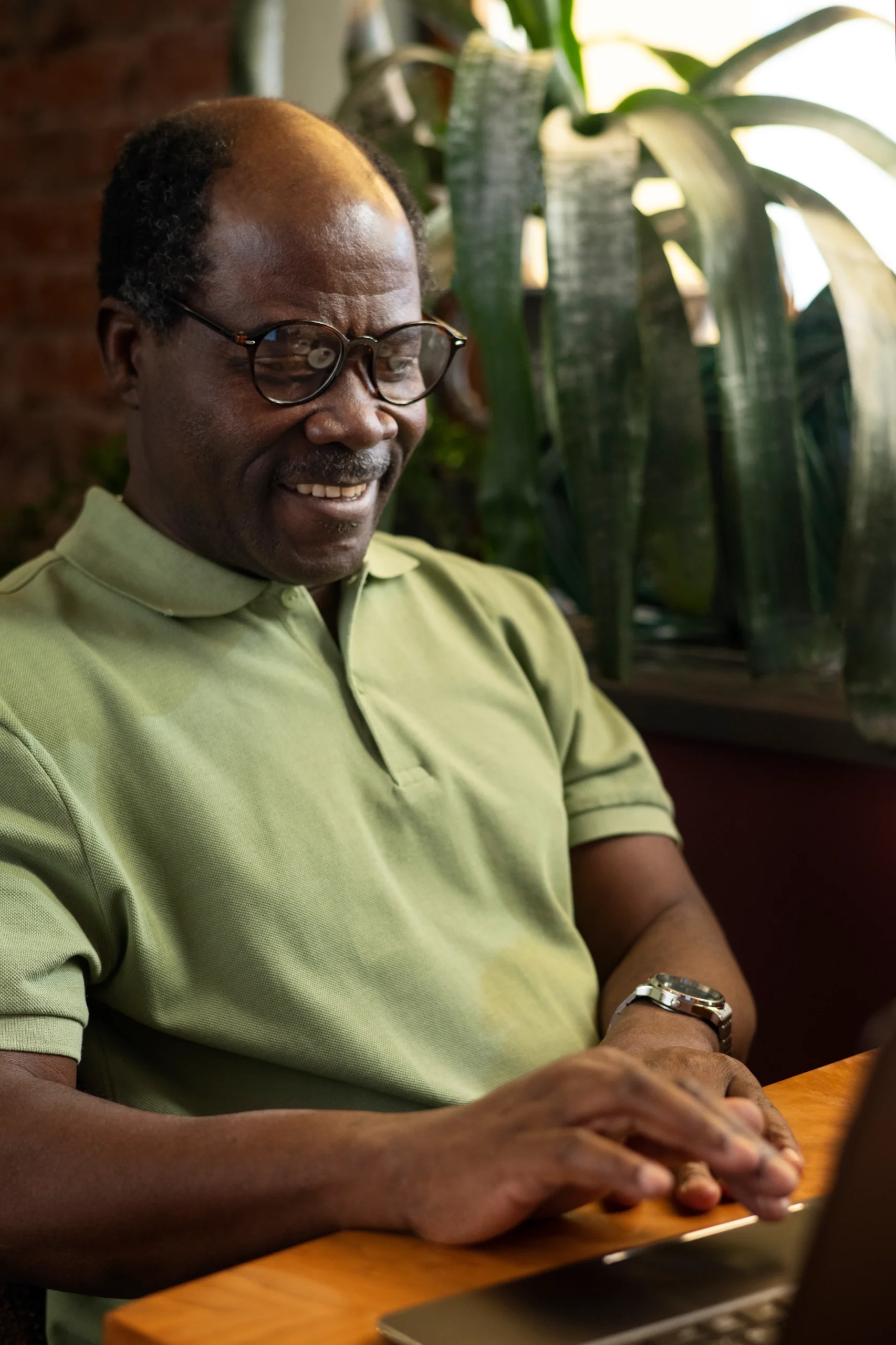
Maintaining independence is incredibly important to many seniors, but physical limitations can make it challenging. That’s where assistive technology steps in, providing a new level of freedom.
For example, smart walkers or powered wheelchairs make mobility easier and safer. Devices that automatically adjust lighting or open doors make it simpler for seniors to control their environment. Even voice-activated assistants like Alexa or Google Home can make it easier to manage day-to-day tasks, from setting reminders to making phone calls.
Plus, caregivers benefit too, they can rely on technology to handle some of the everyday tasks, leaving them with more time to focus on other areas of care.
5. Staying Connected: Fighting Loneliness with Technology
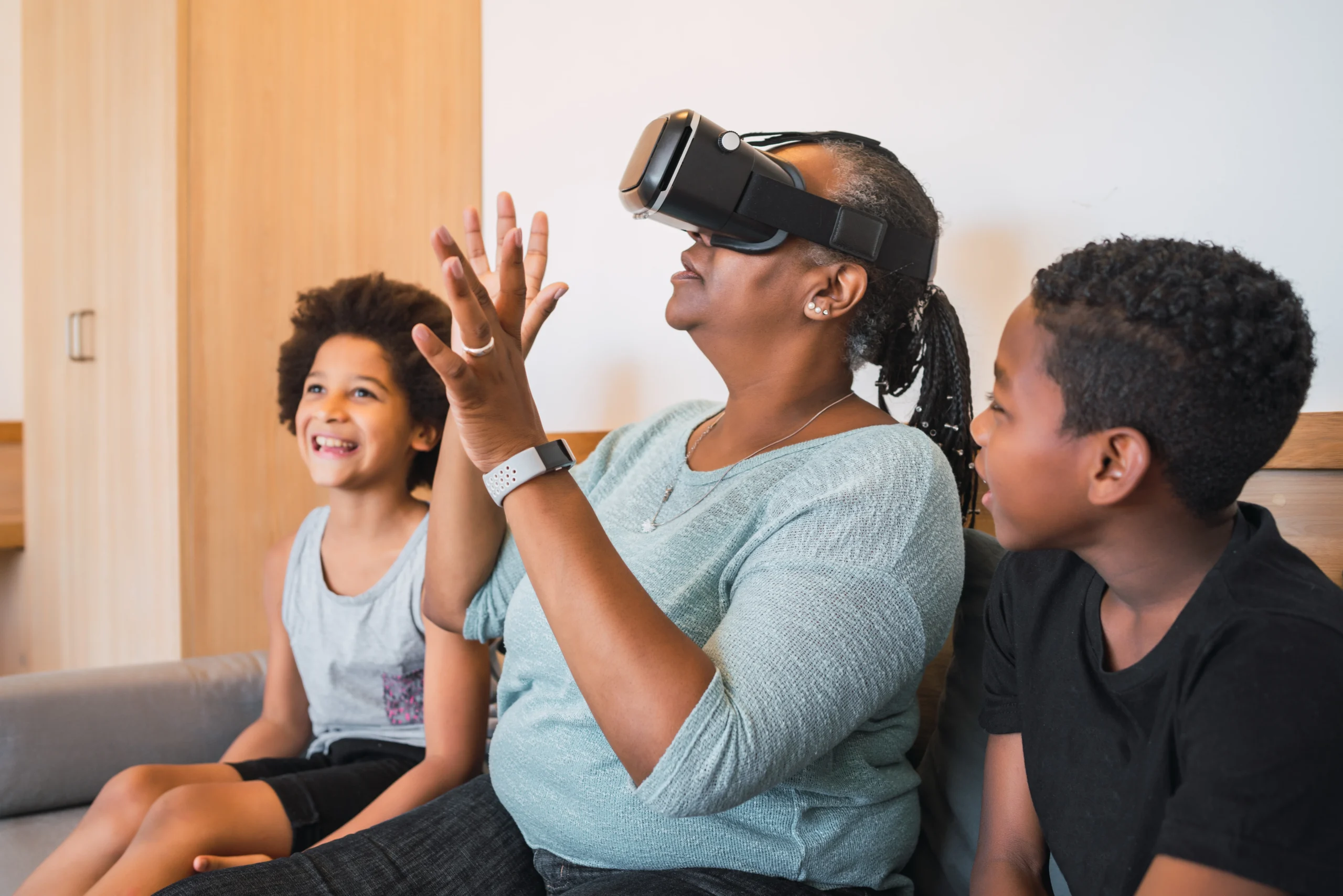
Social isolation is a major concern for many seniors, especially those who live alone or are in long-term care. Technology helps bridge that gap, offering seniors a way to stay in touch with family and friends, no matter the distance.
Video calls via apps like Skype, Zoom, or FaceTime allow seniors to have face-to-face conversations with loved ones, which is a huge relief when physical visits aren’t possible. Social media also helps keep them in the loop with family events and updates, making them feel more connected to the world.
Many care facilities are now using technology to offer virtual activities like online fitness classes, group chats, or virtual game nights, which help seniors engage with others and reduce feelings of loneliness.
This social connectivity is vital for emotional well-being, and it’s something technology makes much more accessible.
6. Data-Driven Care: Personalizing the Experience
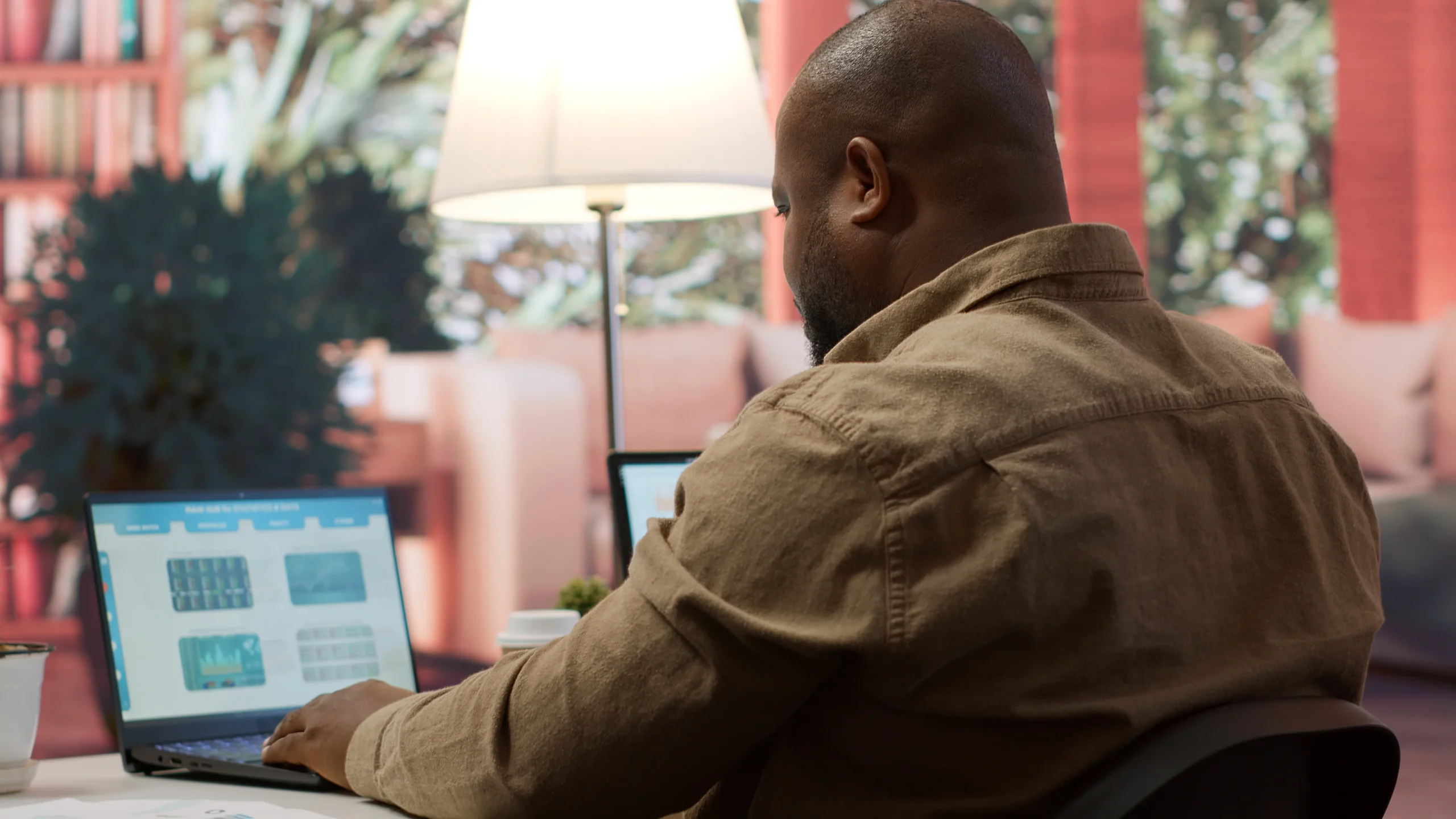
Another benefit of technology is how it allows caregivers to collect and use data to provide more personalized care. Wearable devices and health apps can track everything from sleep patterns to physical activity levels, giving caregivers valuable insight into a senior’s health.
For instance, if a senior’s sleep patterns are irregular, the caregiver can make adjustments to their routine or environment to improve rest. If mobility is declining, they can address it earlier and explore options for assistance. The data helps caregivers stay proactive, ensuring that every aspect of care is tailored to the individual’s needs.
With technology, caregiving becomes more than just responding to crises, it’s about being proactive, spotting potential issues before they become problems, and delivering care that’s specifically suited to each person.
Conclusion
At Arc Oasis Care Academy, we understand how important it is for caregivers to keep up with the times. That’s why we focus on integrating modern technology into our training programs, ensuring our caregivers are well-equipped to handle the latest tools and techniques.
From learning how to monitor health remotely to understanding how assistive devices can improve mobility, we prepare caregivers to use technology in ways that enhance their clients’ well-being and independence.
If you’re ready to take your caregiving skills to the next level, visit our website: www.arcoasiscareacademy.com

